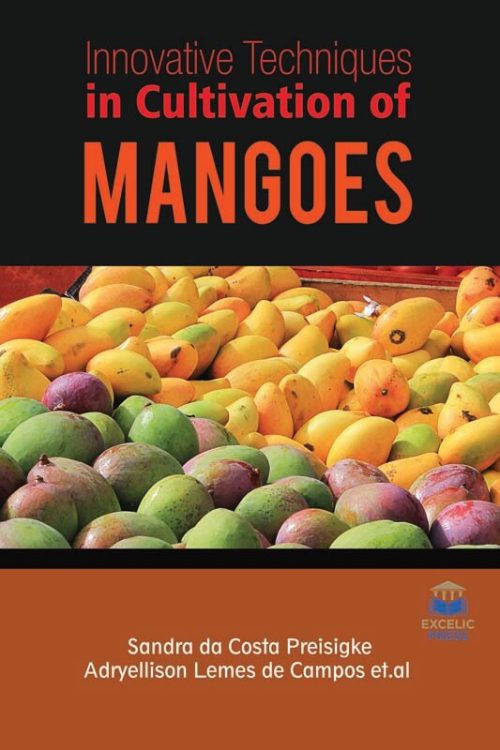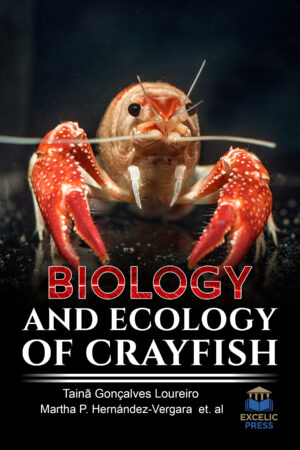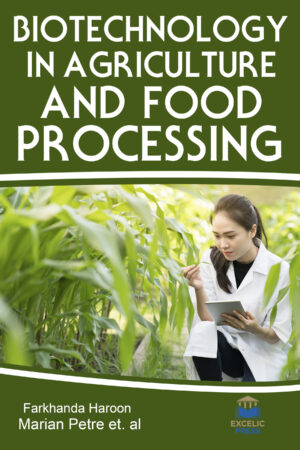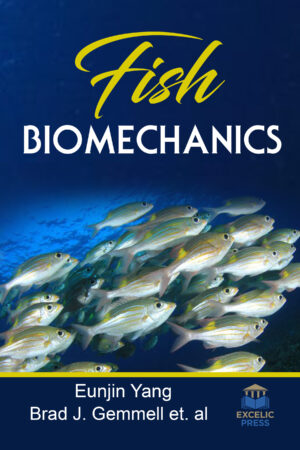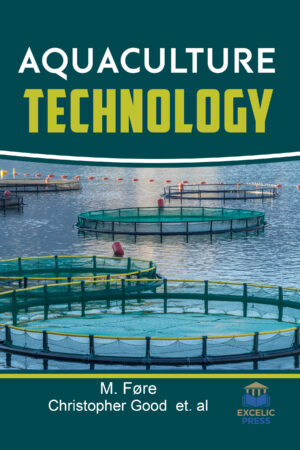Description
Mango (Mangifera indica Linnaeus) is one of the most popular and earliest cultivated fruits of tropical and subtropical regions and is grown in more than 100 countries. It is ranked the second most cultivated tropical fruit and sixth major fruit crop worldwide, and the fruit has a high cropping potential under climate change scenarios. The principal mango producing countries are India, China, Thailand, Indonesia, and Pakistan. In Bangladesh, which ranks ninth, about 242,605 tons of fruit are produced from an area of 51,012 ha, with an average yield of 4.75 tons per ha, although it falls short of fulfilling national demand. Therefore, mango fruit seems to be one in all the crucial food sources for the systematically growing world population. Irregular flowering, low fruit set, as well as fruit retention leading to low yield, the fruit of poor quality, and a short harvest period, are the main hindrances to increasing mango availability.
Indeed, the nomenclature of mango varieties is still quite confusing. Up to currently, there has been no well-defined scientific principle to differentiate them. The objective of the opening chapter of the present work is to compare the different clustering methods in assessing genetic divergence among mango accessions, as well as identify the minimum efficient descriptors for that crop. Combinations of fertilizer rates, foliar N sprays, irrigation practices, and paclobutrazol were studied in the next chapter to determine how much they could alter and/or improve mango (Mangifera indica L.) growth, flowering, and yield. Further, it highlights the management of mango hopper, idio-Scopus clypeal, using chemical insecticides and neem oil; efficacy of different fungicides against mango anthracnose in Senegalese Sudanian agroclimatic; the influence of tree age and variety on allometric characteristics and water use of Mangifera indica l. growing in the plantation; quick decline disease disturbs the levels of important phytochemicals and minerals in the stem bark of mango. So, this book highlights the mango fruit yield and critical quality parameters that respond to foliar and soil applications of Zinc and Boron.
Worldwide population growth and land-use expansion in crops have increased pressure on the availability of water dramatically in the future. The increasing water shortage has caused us to investigate the sustainable use of irrigation water. Consequently, the book focuses on the specific effective water-saving irrigation techniques without detrimentally affecting crop production that needs to be developed urgently and will be one of the main goals in agricultural production. Further, it delves on biological control of mango dieback disease caused by Blasio-diplopia the bromate using streptomycete and non-streptomycete actinobacteria. It is hoped that this book will serve to students, practitioners, scientists, and engineers as well as for those who are involved in the area of agriculture.

